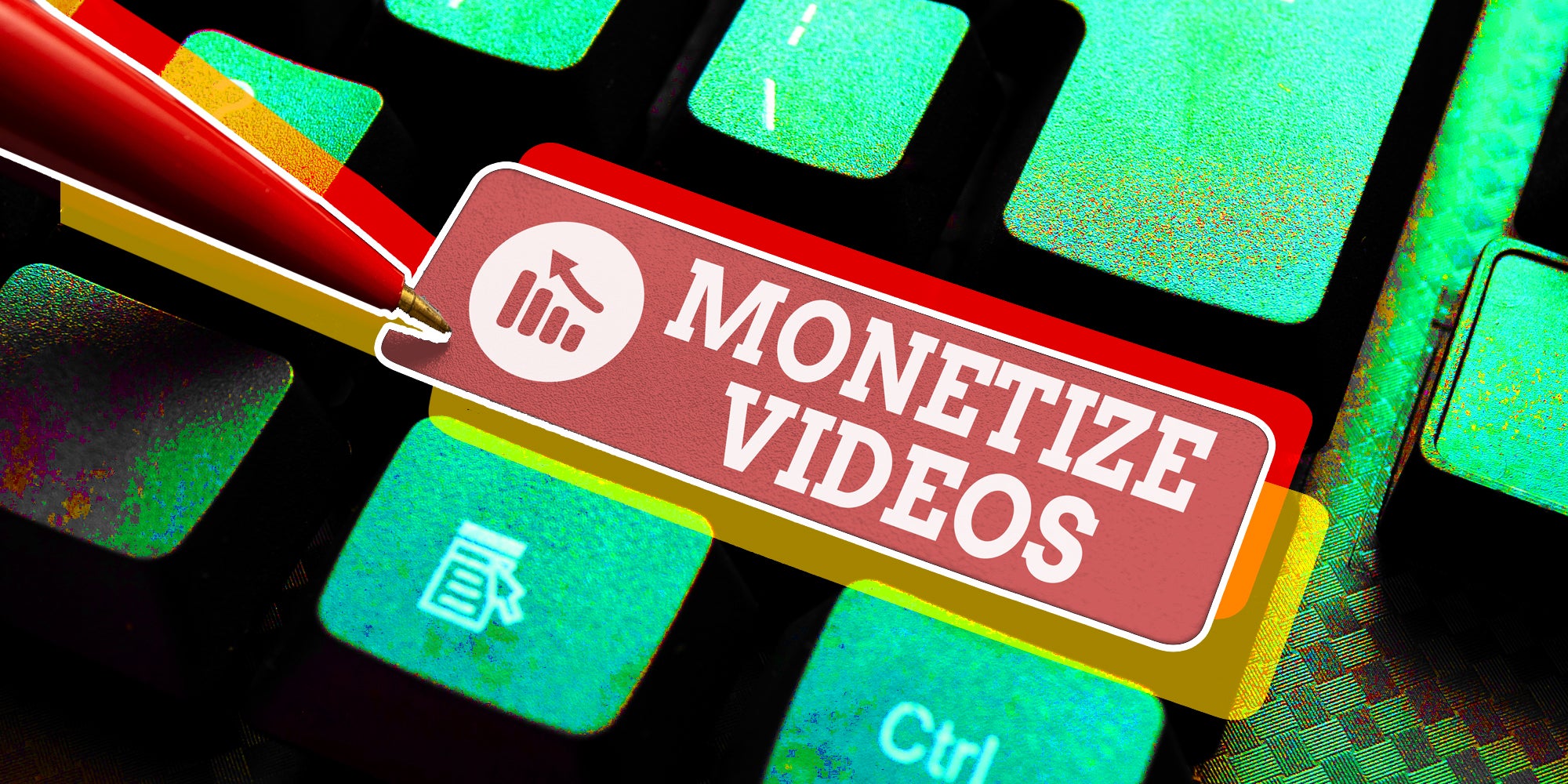
If you think about it, the creator economy all started with YouTube. From makeup to comedy, YouTubers were the foundational building blocks of making a living through video creation. YouTube pioneered ad-revenue sharing with creators through the YouTube Partner Program and Google’s AdSense.
Which is why one of the platform’s most recent changes hits so hard.
Yesterday, WIRED reported that YouTube removed a snippet of code that showed which channels are monetized through ad and subscription revenue. Developers found that the code, which was utilized by journalists and creators to publicly see which YouTube channels are making money, has been gone since November. It begs the question of how we got so far without anyone noticing this tool was absent.
But even more worrisome is that, because of this tool, it just got a hell of a lot harder to hold the platform to account. This is because if we can’t see who YouTube has monetized (or demonetized, for that matter), how do we know they’re listening to creator and audience concerns?
It was because of this tool that we were able to see that YouTube had demonetized troubling personalities like Russell Brand. It was because of the tool that WIRED reporters knew Palestinian YouTube channels were being locked out of the Partner Program. But now, thanks to this update, we will be none the wiser.
And furthermore, creators themselves now have one less way to measure their own metrics and income comparatively to other creators. They’ll be unable to strategize and figure out if what they do is monetizable under YouTube’s standards.
Without these checks and balances, how will we know whether the platform is truly practicing what it preaches regarding monetization?
The truth is, we can’t.




